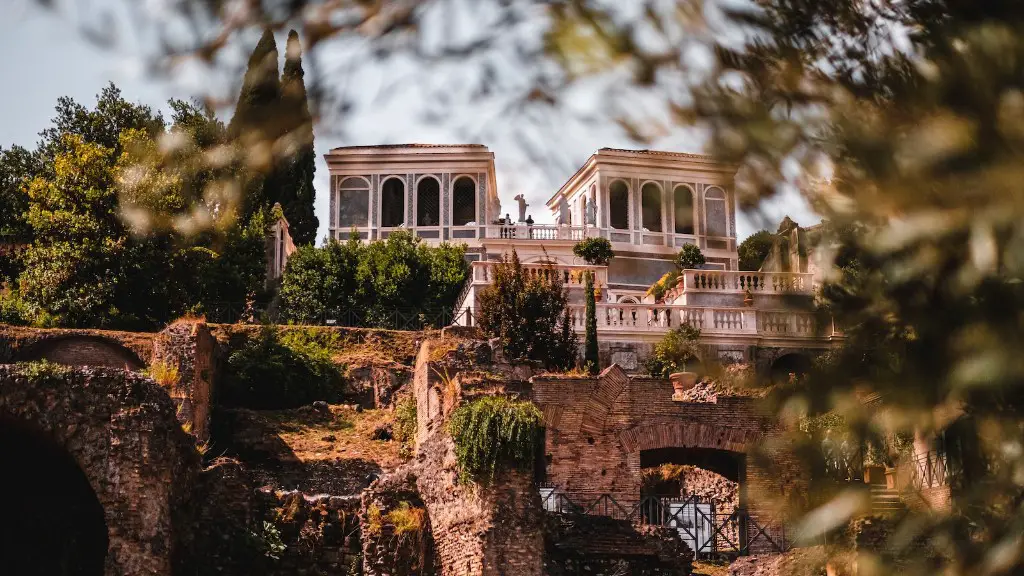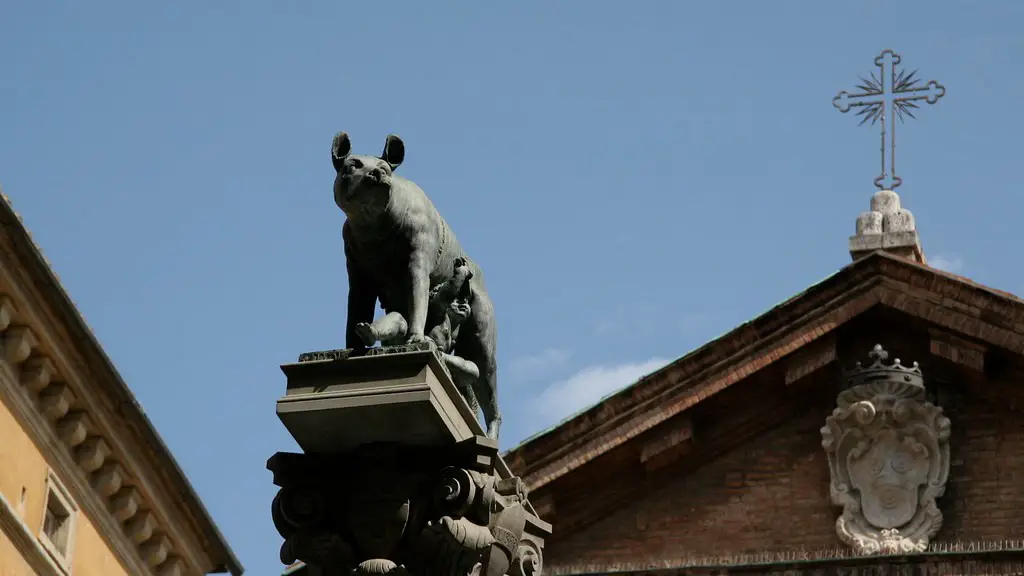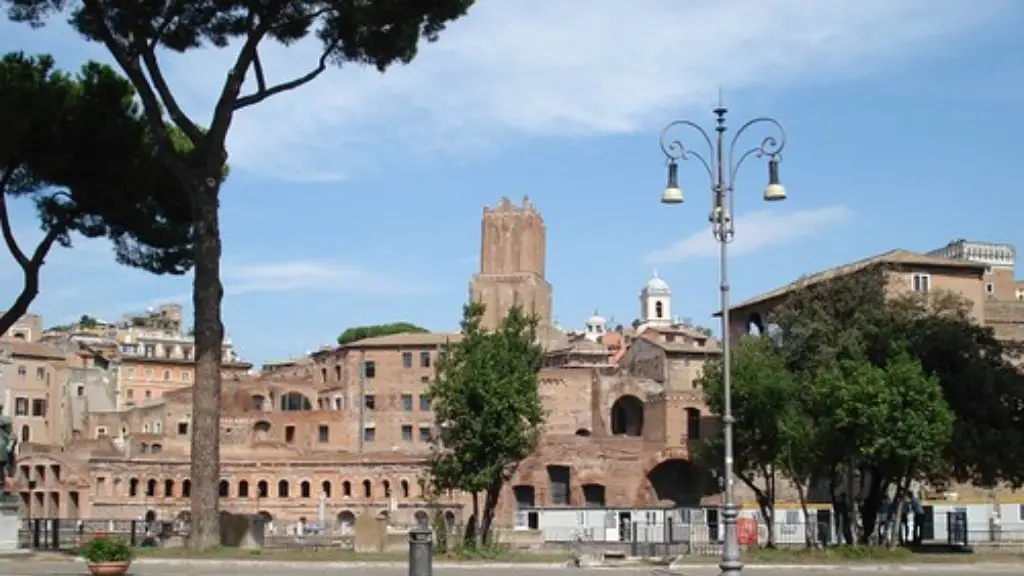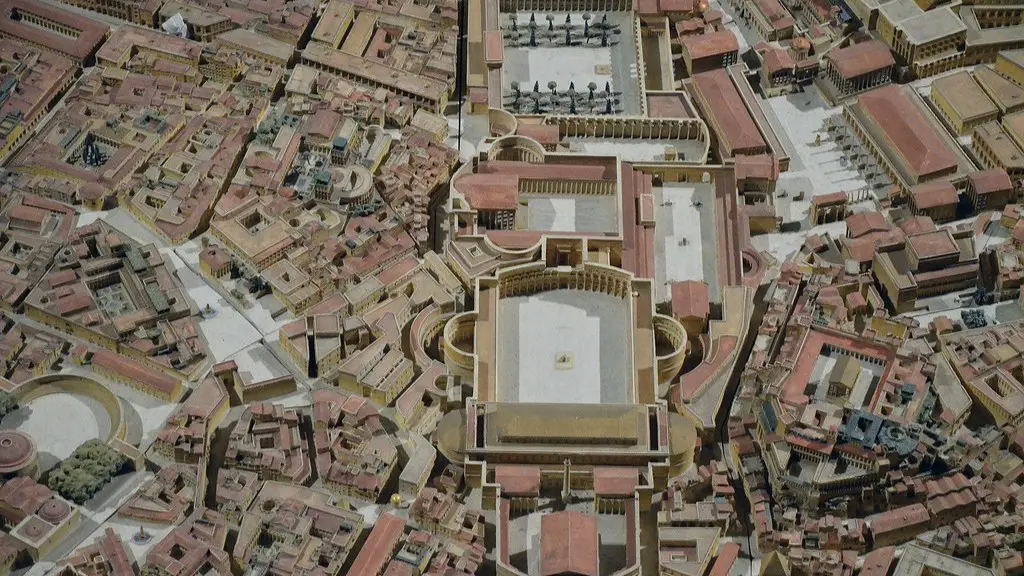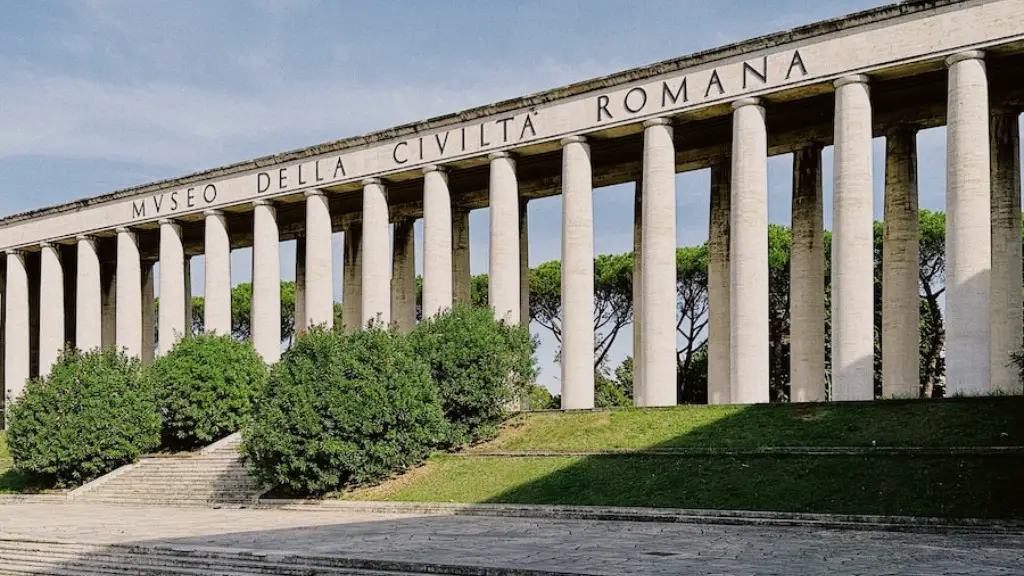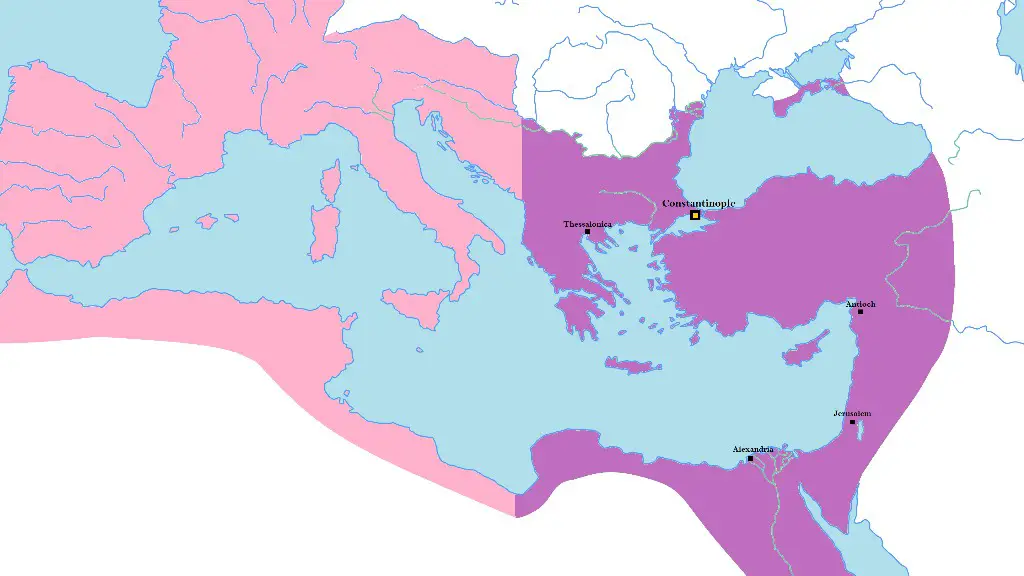Exploring Triumphal Arches in Ancient Rome
Effectively spanning the timeline between the mid-fourth century BCE and the fourth century CE, triumphal arches were repeatedly built during the days of the Roman Republic and the Roman Empire as a way of honouring the victories and honoured guests of their respective rulers. The outcome of their creation was something new, that fused together the architecture of their earlier days.
As one of its more enduring symbols, Rome is known for its triumphal arches. A triumphal arch is a free-standing structure usually composed of a large, single-open arch, crafted in stone or brick – and sometimes a combination of both – along with its decorative inscriptions, reliefs, and other embellishments. Their varied shapes, sizes, and structures established a new type of architecture that embodied the spirit of Roman Imperial power.
The appearance of triumphal arches was typically adorned with several reliefs and inscriptions in honor of a Roman political or military victory, or to commemorate an official’s achievements. The reliefs were carved out of marble or hard stone, and the inscriptions typically covered a wide range of Roman art, including bas relief, monumental relief, and painted inscriptions. Deeper inscriptions were also used to convey a variety of messages. The larger inscriptions typically detailed the names of the honoured parties, while additional smaller inscriptions might include the date and/or location of the arch’s creation.
The main feature of these arches were portraits of Roman emperors (or other important figures) located at the top. This was usually viewed as a way for the emperor to symbolically pay homage to the gods for his or her success. During the period of the Roman Empire, some of the best known examples of these portraits include statues of Trajan, Constantine, and Hadrian.
Apart from the imperial portraits, other forms of art were commonly placed on top of the arches. These included images of mythical beasts and gods, and there have been numerous examples found to have been carved with images of gods such as Jupiter and Mars or goddesses like Venus and Diana. In addition to these, there have been other forms of artwork discovered as part of the sculptures that could have been placed on top of the arches, including caryatids, medallions, and other kinds of sculptural pieces.
In addition to the two main elements – inscriptions and sculptures – there were also usually other forms of decorations located at the top of the arches, such as flags and symbols. These symbols were typically chosen to represent the divine right of the Roman rulers. Some of the most common symbols that were placed on top of the arches were the eagle, the imperial crown, a chariot wheel, and a thunderbolt.
Despite their history and importance, few of the arches still stand today. This is mainly due to the fact that during the medieval period and the Renaissance, many of these monuments were destroyed or used for other purposes. Fortunately, the designs and the underlying messages of these arches have been preserved in the form of written accounts, paintings and drawings.
Artwork and Symbols of Triumphal Arches in Ancient Rome
The artwork found on the tops of triumphal arches in Ancient Rome typically served as a symbol of victory or honour for the Roman rulers. Through the use of sculptural pieces and inscriptions, the Romans were able to express their gratitude and respect by honouring gods, military and political leaders, and citizens through the creation of these monuments.
The artwork usually contained sculptures of animals, mythological creatures, gods, and goddesses. These sculptures were carved out of marble or hard stone and were usually located on the top section of the arches. Examples of the artwork found on triumphal arches include statues of Zeus, Jupiter, Nike, and other mythological creatures, such as dragons and centaurs.
In addition to the sculptures, inscriptions played a major role in the construction of triumphal arches. These inscriptions typically contained long extracts of praise about the Roman rulers or honored citizens who had been victorious in battle or achieved greatness in some other way. The inscriptions could also have contained the dates and locations of the arch’s construction and other important details.
Aside from the sculptures and inscriptions, many of the triumphal arches featured flags and symbols as well. These symbols were often chosen to represent certain ideas and concepts that the Roman rulers wanted to emphasize through the creation of the arches. The most common symbols found on the tops of the arches include the eagle, the imperial crown, the chariot wheel, and a thunderbolt.
The presence of these symbols on the arches was largely intended to symbolically associate the Roman rulers with the gods of the time. Hence, the symbols were meant to demonstrate the power and divinity of the Roman rulers as well as to give them a sense of authority.
Importance and Functions of Triumphal Arches in Ancient Rome
Throughout the time of Ancient Rome, triumphal arches served many important functions and played a historical role in the development of Roman civilization. These monuments have been used from the 4th century BCE to the 4th century CE to commemorate and celebrate the victories of the Roman rulers and their honored citizens, as well as to honor the gods and the gods’ divine favor over the Roman Empire.
Not only were they used to honor victories, but triumphal arches were also used as a way of expressing respect and gratitude to those who had begun successful projects and initiatives, or those who had achieved greatness in some other way. They were also used as a way for the Roman rulers to proclaim their own greatness as well as to showcase their symbolic connection to the gods.
Unlike other architectural structures of the time, the triumphal arches of Ancient Rome were also highly unusual in their construction and design. Examples from the time vary from small, single arch structures to grandiose examples set in portals of arched walls.
The most famous and grandiose example is the Arch of Titus. Constructed in 81 CE, the Arch of Titus depicted a battle scene of the Siege of Jerusalem. Other notable examples include the Arches of Constantine, Trajan, and Septimius Severus, all of which were built in the honor of the victorious Roman rulers.
Apart from the ancient triumphal arches, there were numerous other examples found throughout the Roman Empire. These monuments were typically created to symbolize a number of functions and, as a result, evolved into a largely popular form of architecture.
Influence and Impact of Triumphal Arches in Ancient Rome
The success of the triumphal arches in Ancient Rome led to their widespread adoption by succeeding empires, including the Ottoman, Byzantine, and French empires. As a result, the predominant design of the arches and the underlying messages of their inscriptions had a major influence on the architecture of the times.
The impact of the arches was also felt in the political and social spheres. In particular, the triumphal arches served as a way for the Roman Emperors to display the power and divinity of their rule. By placing portraits of the head of state or other important figures on the tops of the arches, the Emperors sought to show the reverence and respect that they had for the gods, while also demonstrating the might of their Empire.
In addition to this, the inscriptions found on the arches often contained long extracts that praised the power of the Emperor and their accomplishments and victories. These inscriptions served as a way to spread and immortalize the messages of the Roman Empire and its rulers.
The triumphal arches have also served as an influential focal point for political rallies and celebrations, particularly in modern times. Various countries, cities, and other entities have often used them as a platform to proclaim their greatness, honor their citizens, and showcase the magnitude of their achievements.
Conclusion of Triumphal Arches in Ancient Rome
Thanks to the influence of the Roman Empire, the concept of the triumphal arch has become an important and popular symbol in architecture and art. While they were originally built as a symbol of the might and power of the Roman Empire, they continue to be used as a way to celebrate victory and honor those who have achieved greatness in some form.
Today, there are numerous examples of triumphal arches found all over the world, and there is little doubt that the distinct architecture of these structures and the messages contained within their inscriptions have had a major impact on the development of the art, culture, and political landscape of our society.
